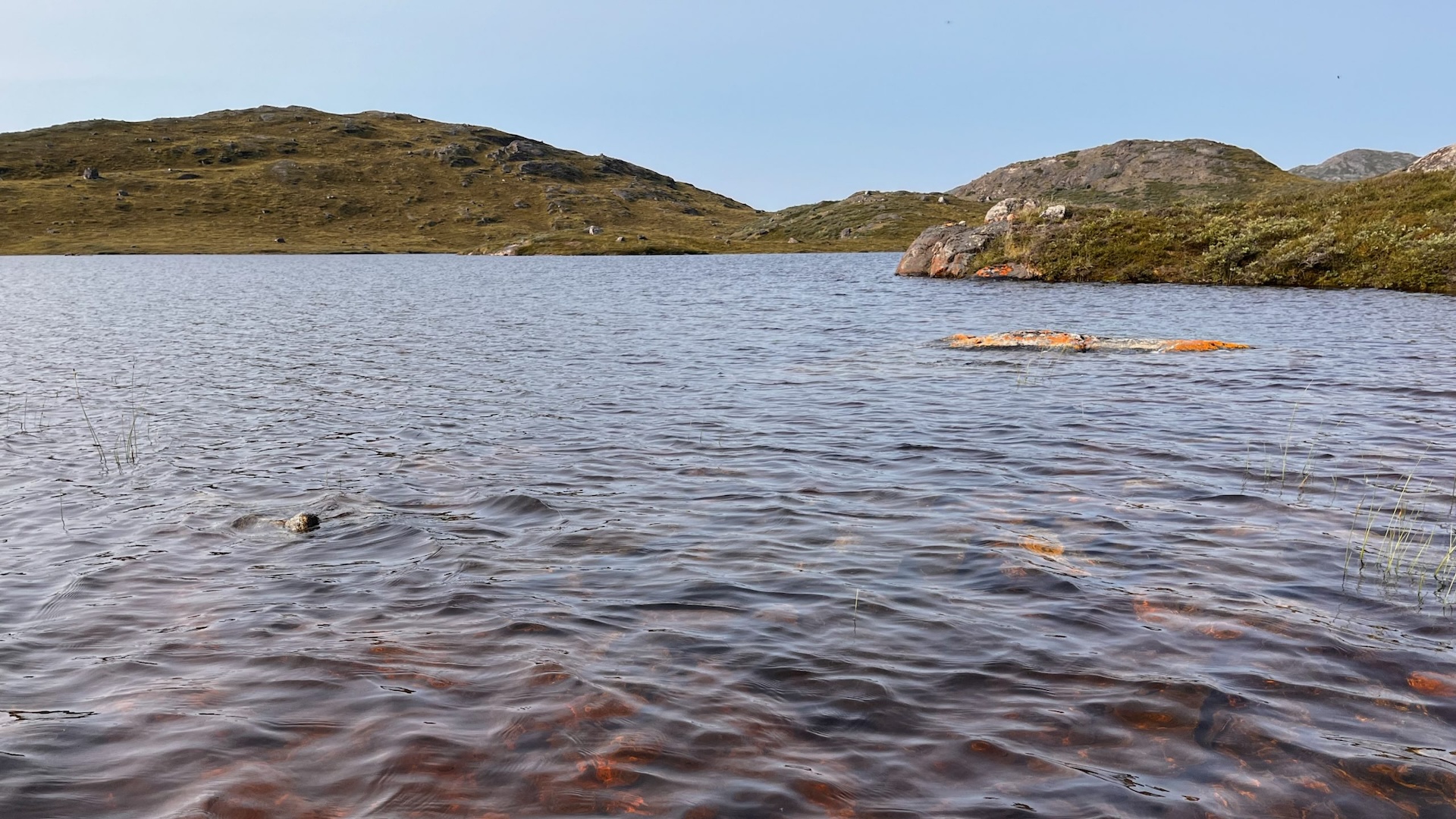
Thousands of Greenland’s crystal-clear blue lakes have turned a murky brown thanks to global warming — and the worst part is that they’ve started emitting carbon dioxide.
Record heat and rain in 2022 pushed the lakes of West Greenland past a tipping point, so rather than absorbing carbon dioxide (CO₂), they began to emit it into the atmosphere, according to a new study.
The changes began in fall, which is normally a snowy time for Greenland. However, heat waves turned snow into rain and thawed the island’s permafrost — frozen ground that stores carbon, iron and other elements. The rains then washed these elements into lakes, turning them brown.
Less sunlight was able to penetrate the lakes as they darkened, which had a ripple effect on the microscopic plankton living in the water. The number of plankton absorbing CO₂ through photosynthesis — the process of turning sunlight into energy — declined, while the amount of plankton breaking down and releasing carbon increased, according to a statement released by the University of Maine.
The lakes normally absorb CO₂ in the summer, but by the following year they had flipped to become carbon dioxide producers. These types of widespread changes would normally take centuries. Researchers have observed the browning of lakes across the Northern Hemisphere, including the U.S., but it typically takes multiple decades — much longer than the transformation of Greenland’s lakes.
“The magnitude of this and the rate of change were unprecedented,” study lead author Jasmine Saros, a professor of paleolimnology and lake ecology at the University of Maine, said in the statement.
The researchers published their findings Tuesday (Jan. 21) in the journal PNAS.
Related: Watch Greenland lose 563 cubic miles of ice in under 30 seconds in disturbing new time-lapse video
Roots of historic heat wave
In the fall of 2022, an atmospheric circulation pattern —the large scale movement of air — and a hurricane connected a series of atmospheric rivers from the subtropical and mid-latitude Atlantic to Greenland, according to the Copernicus Climate Change Service, which is part of the European Union’s Earth Observation Programme.
Atmospheric rivers are long, narrow regions of the atmosphere that transport heat and water vapor. Climate models predict that atmospheric river activity is likely to generally become more frequent, intense, and longer-lasting around the world with global warming. In 2022, the rivers brought Greenland record heat that was more than 14 degrees Fahrenheit (8 degrees Celsius) warmer than the monthly average in some areas.
Researchers estimated that 7,500 lakes turned brown and began emitting carbon after the fall. But the emissions weren’t the only concern for scientists: these lakes also provide residents of Greenland with drinking water, which could be compromised by the changes.
“The influx of dissolved organic carbon and nutrients from the permafrost can also have negative impacts on water supplies, creating bacteria growth that not only affects the water’s taste and smell, but can also potentially cause health problems from increased exposure to metals,” Saros said in a separate statement released by Heriot-Watt University in the U.K.
Saros added that the dissolved materials could interact with drinking water treatment processes to produce byproducts called trihalomethanes, which are a group of chemicals that could have the potential to cause cancers.
The lakes remained brown through the summer of 2024, and the study authors said it was unclear if and when they will revert to blue.
